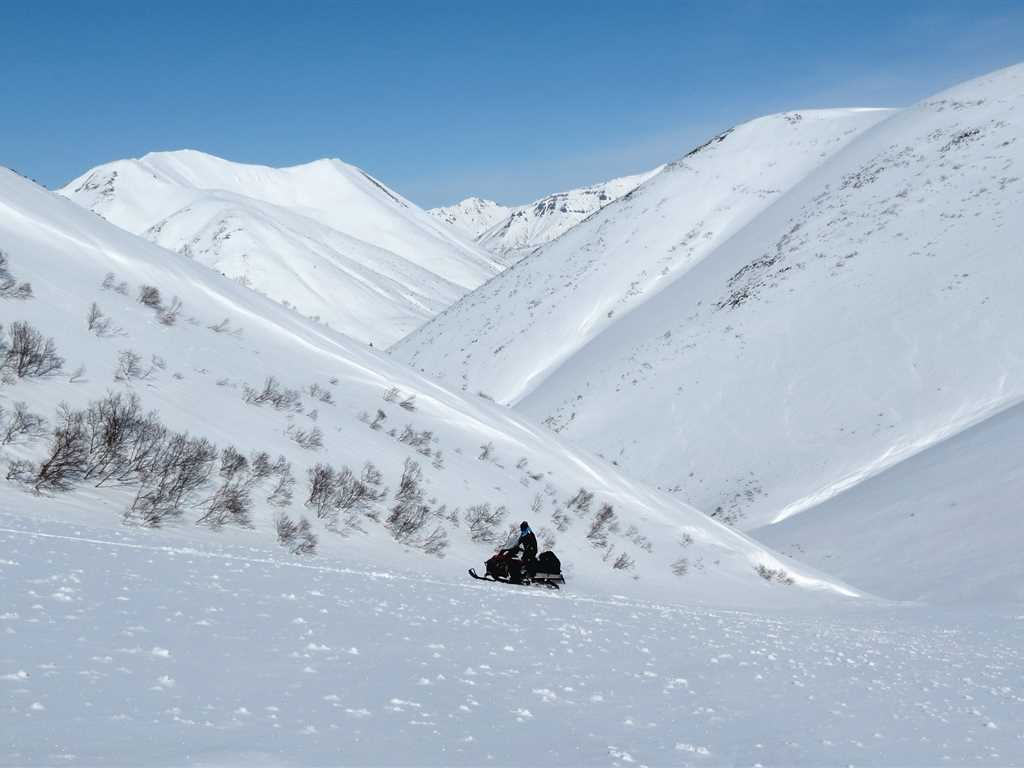Nestled in the lap of the mighty Himalayas, Himachal Pradesh is a dream for every traveler. Whether you are planning your first trip or a return visit, this Himachal travel guide walks you through everything. That, you should firstly know before you pack your bags.
In Himachal, tourists can seek scenic beauty, cultural richness, and adventure. That is visible from snow-covered peaks and verdant valleys to ancient temples and vibrant hill towns. In short, this northern Indian state is a haven for nature lovers and spiritual seekers alike.
Best Time to Visit Himachal Pradesh
Your experience in Himachal can vary greatly depending on the season. Summer (March to June) is perfect for sightseeing, trekking, and family trips.
While winter (December to February) draws snow lovers to spots for example Manali, Kufri, and Narkanda. The https://indiavisitonline.in/himachal-pradesh-tour-package monsoon season (July to September), though beautiful, often causes landslides, making travel riskier. Always check the weather forecast before finalizing your dates to avoid disruptions.
Picking the Right Destinations
Himachal has something for everyone-romantic hideaways, spiritual sites, and adrenaline-pumping adventures. Shimla, Manali, and Dharamshala are popular choices, but don’t overlook gems like Tirthan Valley, Chitkul, and Barot.
Tailor your itinerary with Himachal travel guide based on interests-honeymoon, family trip, or adventure holiday. Further, decide that how much time you have. Offbeat places often offer more authentic experiences and fewer crowds.
Know the Terrain and Connectivity
Himachal is a mountainous state with winding roads and steep climbs. Travel takes time, especially when moving from one town to another.
Major towns for example Shimla and Manali are well connected by road, while others require local transport or trekking. Keep in mind that mobile networks may not work in remote areas, and Wi-Fi can be unreliable. It’s wise to download offline maps and meanwhile keep some physical notes handy.
Local Transport Options
Local transport in Himachal includes HRTC buses, private taxis, and shared jeeps. HRTC’s Volvo and deluxe buses are reliable for intercity travel.
However, when exploring remote villages, hiring a local cab driver is often more efficient. For budget travelers, shared taxis and buses are cost-effective but may not be comfortable for long distances.
Packing Essentials for the Trip
Himachal’s weather is unpredictable, so pack layers even in summer. Winters can be harsh, with temperatures falling below zero in some regions.
Essentials include thermal wear, a waterproof jacket, good trekking shoes, sunscreen, and a first-aid kit. Also, bring reusable water bottles and eco-friendly toiletries to minimize your impact on the environment.
Respect Local Culture and Traditions
Himachal has a rich cultural heritage with influences from Hinduism, Buddhism, and tribal communities. While exploring monasteries or temples, firstly dress modestly and remove your shoes where required.
Locals are warm and welcoming, and respecting their customs and way of life enhances your travel experience. This Himachal travel guide advises you to learn a few words in Hindi or the local dialect. Above all, it can be very helpful while talking with locals.
Permits and Entry Requirements
Most areas in Himachal do not require permits. But, if you plan to visit places like Spiti, Kinnaur, or areas close to the Indo-Tibet border, you may need inner-line permits.
That is especially needed for foreigners. Above all, these permits are easy to obtain online or from the district headquarters. Always carry identification and multiple photocopies for hassle-free check-ins at hotels or checkpoints.
Accommodation: From Luxury to Homestays
You’ll find everything from luxury resorts to cozy homestays with local hosts in Himachal. While towns like Shimla and Manali have abundant hotel options, remote regions may offer only basic facilities.
Booking in advance during peak seasons (May-June and December-January) is recommended. Homestays often provide more immersive experiences and home-cooked meals.
Safety and Health Tips
The high altitude can lead to altitude sickness, especially in regions like Lahaul-Spiti or Rohtang Pass. Acclimatize slowly and stay hydrated. Carry medicines for motion sickness, headaches, and digestive issues.
Avoid drinking tap water, and always eat freshly cooked food. It’s also important to have travel insurance. That further covers medical emergencies and trip cancellations.
Connectivity and Digital Preparedness
Major towns have good mobile and internet connectivity. But, remote areas may experience network blackouts for hours.
However, BSNL and Jio work best in offbeat regions. As per Himachal travel guide, carry power banks, offline GPS apps and digital copies of your important documents. Inform family or friends about your travel plans if you are heading into a no-network zone.
Sustainable and Responsible Travel
Tourism in Himachal is booming, but it also impacts the environment. Be a responsible traveler-avoid single-use plastic, respect wildlife, and stay on designated trails while trekking.
Above all, don’t litter, and participate in local eco-tourism efforts when possible. Supporting local artisans and buying regional handicrafts can make your travel more sustainable and meaningful.
What to Eat and Try
Himachali cuisine is simple yet flavorful. Don’t miss dishes like siddu, madra, chha gosht, and tudkiya bhath.
In monasteries, you may get to try thukpa and momos as well. Local eateries and roadside dhabas serve authentic food at reasonable prices. Drinking local herbal teas can also be a soothing experience, especially during chilly evenings.
Final Thoughts on Planning Your Trip
This Himachal travel guide gives you a practical overview. That guides you about what to expect, what to carry, and how to travel responsibly.
With its mesmerizing landscapes and diverse cultural vibes, Himachal Pradesh promises a memorable experience for all travelers. Whether you are going for adventure, solitude, or culture, the mountains will welcome you with open arms. In short, all you need is thoughtful planning and an open heart.





